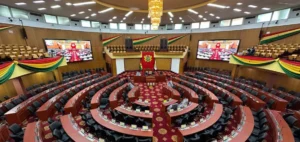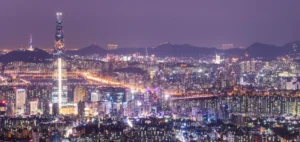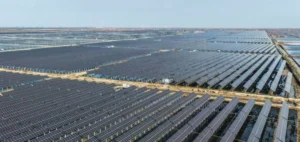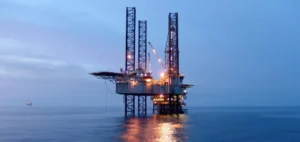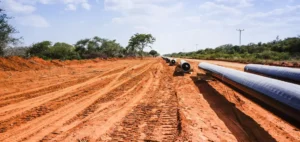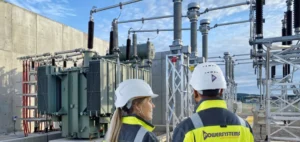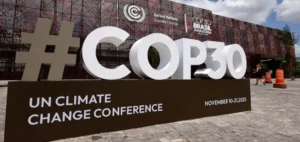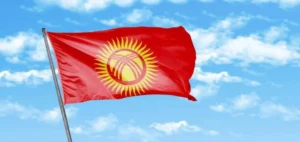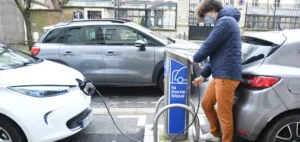An oil pipeline stretches right behind the houses, a high-voltage line passes over the houses, a flare burns permanently… But the villages of the oil region of Pointe-Noire, in Congo, live in the dark, because they are not connected to electricity.
“I’m 68 years old and still living in the dark.” Florent Makosso ruminates on his anger, sitting on a deck chair at the foot of a giant banana tree in Tchicanou, a town 40 kilometers from Pointe-Noire in the south of the country.
Tchicanou, which means “bravery” in Vili, the local language, extends on both sides of the Nationale 1, which it partly overlooks.
The village, immersed in the foliage of fruit trees, has a little over 700 inhabitants.
Behind houses built mainly of planks are small bushes, which separate them from pipelines for transporting petroleum products, fed by power plants.
Underground power lines are visible in some areas.
Nearby, a high voltage line passes over another village, Bondi.
But electricity does not reach the two localities, which are not better served than the most remote villages in the interior of the country.
The only light their inhabitants are accustomed to, 24 hours a day, is the flame of a flare, a symbol of the exploitation of the gas that feeds the largest power plant in Congo, with a capacity of 487 megawatts.
“It’s an ordeal that we live here. We can’t even watch television. We are forced to buy generators which are very expensive. And to power them, it’s not an easy task”, says Florent Makosso, who also has no possibility to keep food cold. “Our TVs and other appliances are ornamental,” he adds.
“Tchicanou is a well-positioned village. But the gas flared here only serves to pollute and cause us illnesses,” laments Flodem Tchicaya, another resident of Tchicanou.
“The current! Instead of it starting at the bottom and going to the top, it starts at the top and the bottom has nothing. It’s an injustice,” storms Roger Dimina, 57, referring to the oil rigs that are powered by electricity, while public and domestic lighting is lacking
in the villages.
– Electricity for all” –
With an estimated population of 5 million, Congo-Brazzaville officially produced 344,000 barrels of oil per day in 2021, ranking third in sub-Saharan Africa behind Nigeria and Angola.
According to the hydrocarbon operators, the proven reserves of natural gas are about 100 billion cubic meters.
But all this potential does not really rhyme with the electrification of urban and rural areas, where the rate of access to electricity is estimated at less than 40% and less than 10% respectively.
In a recent interview with Les Dépêches de Brazzaville, the only daily newspaper in the Congolese capital, Emile Ouosso, Minister of Energy and Hydraulics, announced that he wanted to increase this rate to 50% by 2030.
The Commission for Justice and Peace (CJP), an NGO close to the Catholic Church, has been conducting a campaign called “electricity for all” for some time to demand electrification of villages near Pointe-Noire.
“We are calling on the government to use the surface royalty (paid by the oil companies) and the companies themselves (…) to electrify the local communities,” said Brice Makosso, deputy coordinator of the CJP.
According to him, the government has several strings to its bow to bring the villagers out of the darkness. “In 2022, the government of Congo has announced 700 billion CFA francs (more than 1 billion euros) in surplus budget revenues,” he recalls, suggesting that from this sum “a small amount should be released to electrify” villages.












